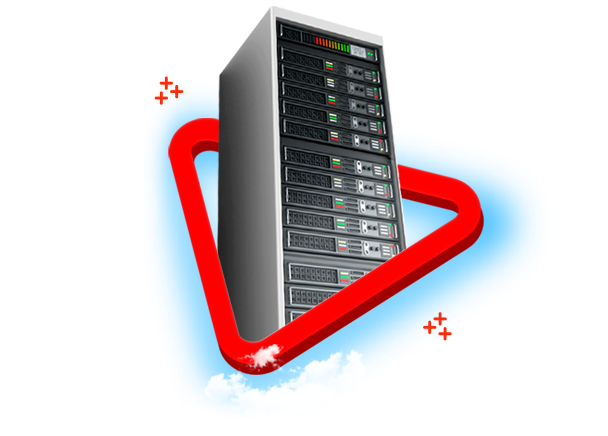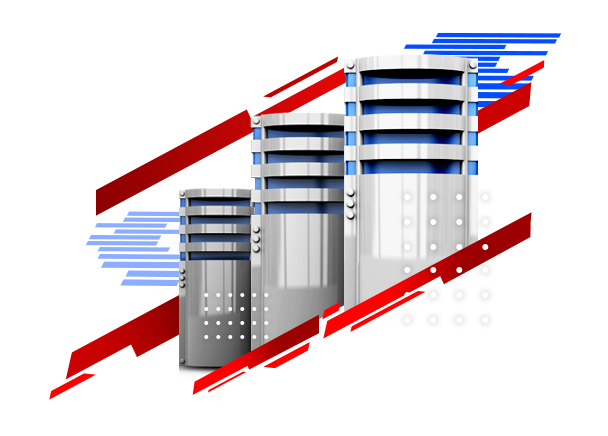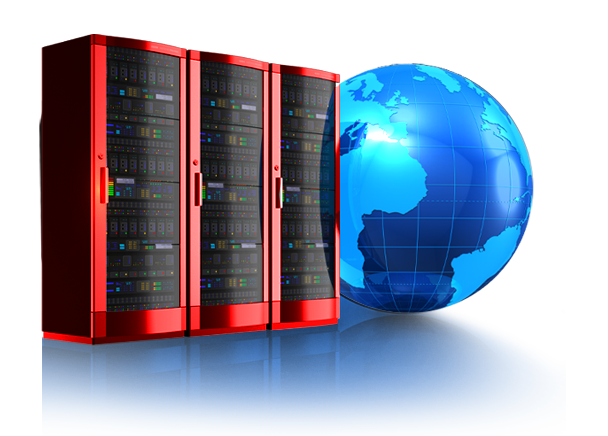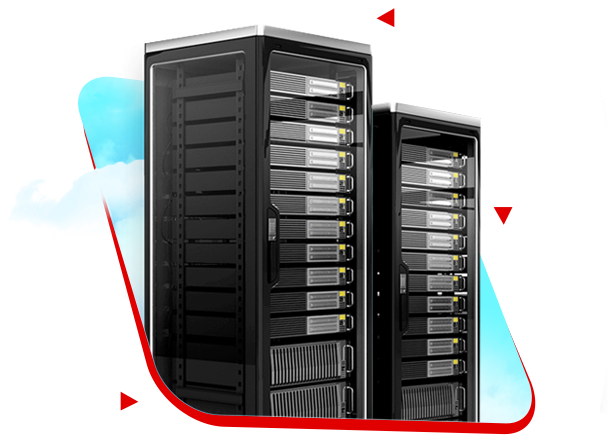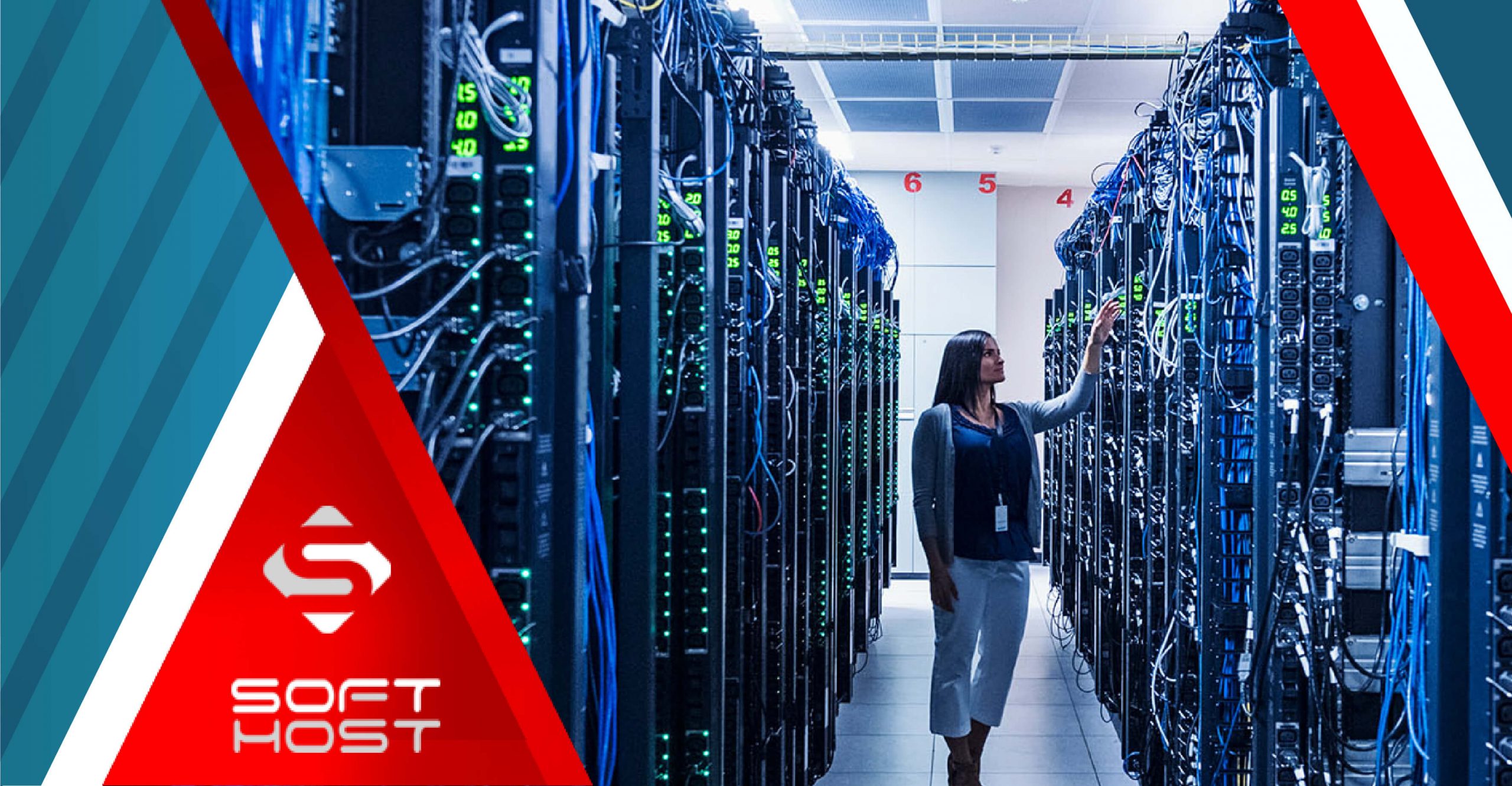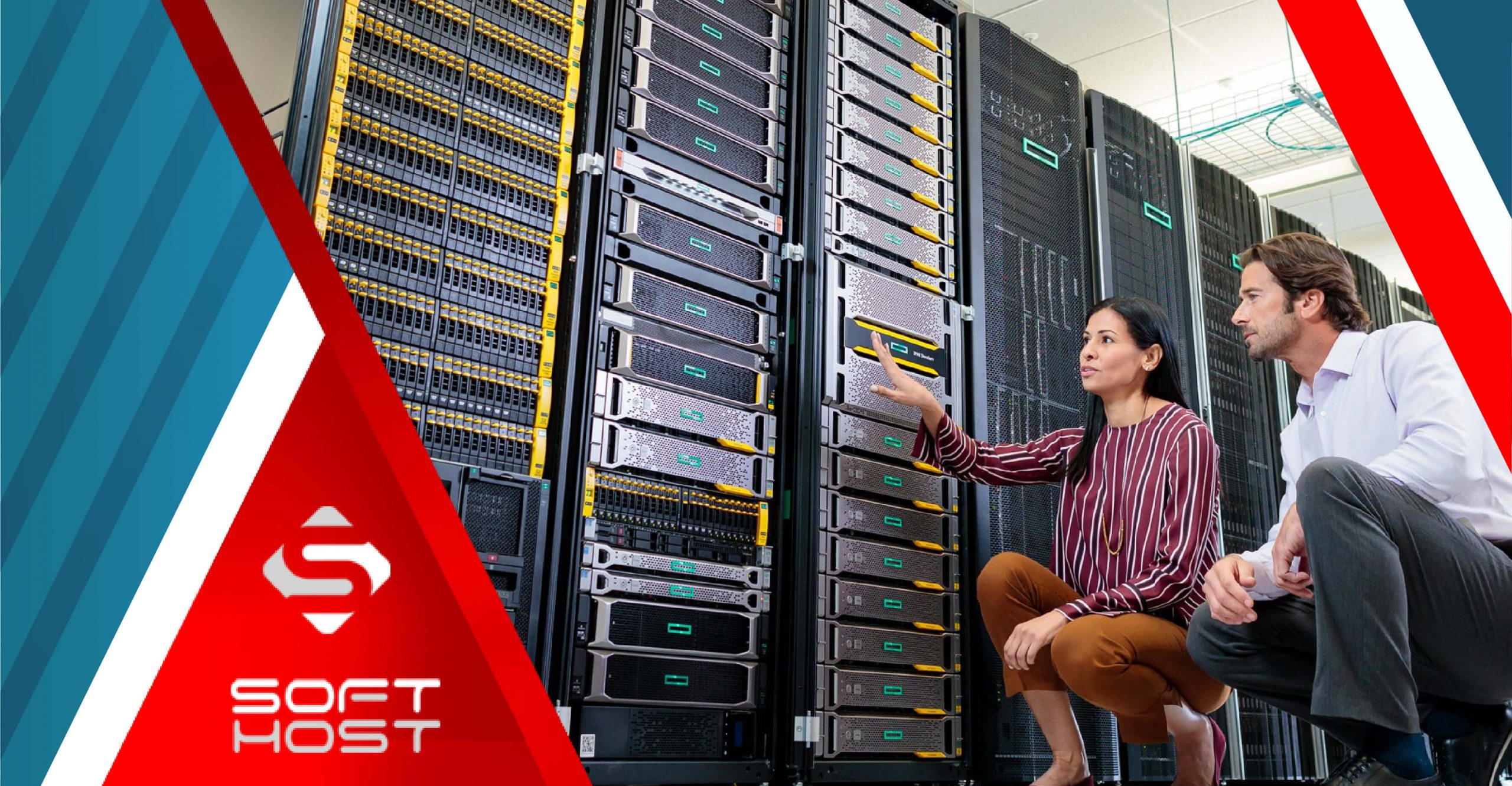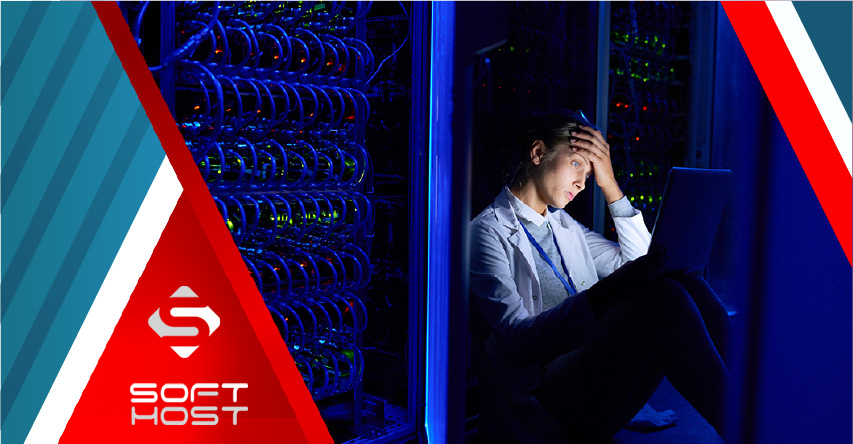
The vast majority of modern businesses rely on virtualization to help scale more efficiently and reduce hardware costs. Today, VMware vSphere is the most advanced and prominent server virtualization product in the market.
But if you are new to virtualization and getting to know VMware, your first question might be what is virtualization. Your next and possible question will be about how the vSphere virtualizer works. It helps to understand what vSphere does and how it will fit into your virtualization environment. This understanding will help your company adapt to your processing and storage needs.
In this article, we will first introduce the virtualizer and its types. Then we will get acquainted with vSphere and its advantages to better understand the mechanism of this virtualizer and its features.
An introduction to virtualization
Table of Contents
The reality is that x86 servers are limited. They cannot hold much information. On the other hand, the amount of data is increasing day by day. As a result, IT organizations are forced to use multiple servers. These servers can only use part of their capacity. Finally, companies may be able to keep pace with this influx of data. But unfortunately, this has left businesses struggling with operational costs and efficiency.
With virtualization, companies can rely on cloud-based software that mimics physical servers to create a virtual system. Companies and IT departments can run multiple virtual machines on a single server. Servers that are optimized with virtualization are called cloud hosts. Buying cloud hosting will be more affordable and efficient than buying several physical servers for any business.
In the following, we will also discuss the types of virtualizers:
Types of virtualizers
In general, there are three types of virtualization that managers of companies and technology organizations should be familiar with. We will continue to introduce these virtualizations.
Server Virtualization
Server virtualization allows more than one server to run on just one machine instead of running on multiple machines. Virtual servers reduce operating costs and improve the overall performance of companies, and in this sense, they have a very colorful application.
VMware vSphere is the best server virtualization you can use for companies and technology organizations.
Network Virtualization
Network virtualization completely virtualizes physical networks. For this reason, programs can work completely independently of hardware. Hardware failure causes problems in the working of programs; But you can use network virtualization to separate the way and path of programs to work from the hardware.
Another advantage of using network virtualization is establishing communication between two or more computers. Using this type of virtualization, you can share information between two or more computers.
Desktop Virtualization
Desktop virtualization is useful for employees who want to access their workplace computers remotely without any hardware. In fact, by using Desktop virtualization, you can send information to employees and people related to your company.
What is VMware vSphere?
People new to VMware virtualization platforms are sometimes confused when dealing with vSphere and its components. Remember that vSphere is a collection of products, just like Microsoft Office. So vSphere is not a single product that you can install in your OS environment.
In simpler terms, VMware vSphere is the name of a complete set of features and facilities used for server virtualization. In fact, using this collection, you can manage your physical resources in a completely easy and integrated way.
Why will organizations need vSphere?
If you do not use VMware vSphere and the like, the cost of maintaining web or organizational data will be very high, and as a result, many opportunities will be lost.
Companies can also run multiple virtual machines on just one server using VMware vSphere. Undoubtedly, this process reduces the costs and as a result more profit of the companies.
vSphere used to be known as one of VMware’s structures; vSphere from ESXi; a type 1 hypervisor; It consists of vCenter Server and several other components.

vSphere components
In the following, we will introduce the vSphere components to you:
VMware ESXi
As we said above, ESXi is a type 1 hypervisor. ESXi is the latest version of VMware Hypervisor. ESXi is responsible for the concept of virtualizing processors, memory, storage, and other hardware resources across multiple machines.
vCenter Server
vCenter Server was formerly known as VirtualCenter. vCenter is a management tool and acts as a control center in vSphere. In fact, vCenter Server has control over the services provided by the data center.
On the other hand, VCenter is responsible for providing the API for Visfer and is also responsible for ESXi control.
VMware vSphere Client
VMware vSphere Client is an HTML5-based interface that allows users to remotely connect to vCenter.
VMware vSphere Distributed Switch
VMware vSphere Distributed Switch allows a virtual switch to connect to multiple hosts simultaneously for optimal network management.
VMware Virtual SMP
By using virtual SMPs, virtual machines can use multiple physical processors simultaneously.
vSphere High Availability
vSphere High Availability uses other available servers to restart crashed virtual machines.
VMware vSphere Software Development Kits
Using VMware vSphere Software Development Kits, you can access certain parts of vSphere. In fact, if you are looking for more access in vSphere, you should use VMware vSphere Software Development Kits.
VMware Distributed Resource Scheduler (DRS) and Storage DRS
Mware Distributed Resource Scheduler (DRS) and Storage DRS are used to maintain vSphere balance. Normal DRS is responsible for balancing the computing capacity and Storage DRS balances the storage capacity.
Advantages of using VMware vSphere
Like other platforms, VMware vSphere has many advantages. The main feature that makes you want to use it is its reliability and stability. Here are the other benefits:
-
It does not have a serious competitor in the field of virtualization technology
The future of work requires a platform that can perform more tasks simultaneously by:
- Large data volume management
- Providing high performance 24 hours a day
- Support for old, native and essential applications
Many virtualization tools are designed to meet immediate needs, but cannot meet future needs. Therefore, the need for a platform that responds to rapid changes is left unanswered.
VMware vSphere is the only virtualization platform you can count on to meet your needs today and tomorrow.
-
Support for a wide range of OS and ecosystem applications
Apps are critical to any business. Your ability to keep up with them depends on a strong support system. vSphere allows you to manage a variety of applications. Below is a list of operating systems and apps supported by vSphere:
- From Linux and Unix
- Old (legendary), cloud and container apps
- Extensive list of guest operating systems, including Windows, Solaris, Mac OS X and more.
-
Maximum scalability, performance and high availability for any application
To ensure a smooth IT operation, you need a virtualization platform that can grow with you. vSphere is designed for the future and pushes the boundaries of scalability with the following items:
- SAP certification for HANA virtualization and scaling
- Virtualize and scale up or down Hadoop clusters
- Reduced time to complete a MapReduce task
-
No need to convert any app between indoor and public cloud
Moving applications between on-premises and public clouds can be a complex process. But for IT teams with vSphere, this process is hassle-free:
- A hypervisor allows you to overcome obstacles that require re-engineering.
- Your clouds share a common platform.
- Security rules are precisely synchronized with your applications.
-
Built-in or bolt-on virtualization management?!
Don’t waste your time and money on management tools from other companies. VMware vSphere with the built-in Operations Management tool in the vSphere platform provides you with the following:
- Self-learning analytics
- Guided remediation
- Automation with control
- Automated capacity optimization
- These items will not be received simply by buying management software from other companies!
last word
VMware virtualization is one of the most well-known virtualizations in the world and many people use it. vSphere is directly related to server virtualization. In fact, vSphere has become one of the pillars of server virtualization and is inseparable. Virtualization with vSphere allows servers to develop their own hardware and software resources. This means that when facing technical problems, users will not notice this disruption and will receive good service from their host.
CATEGORY:Blog
